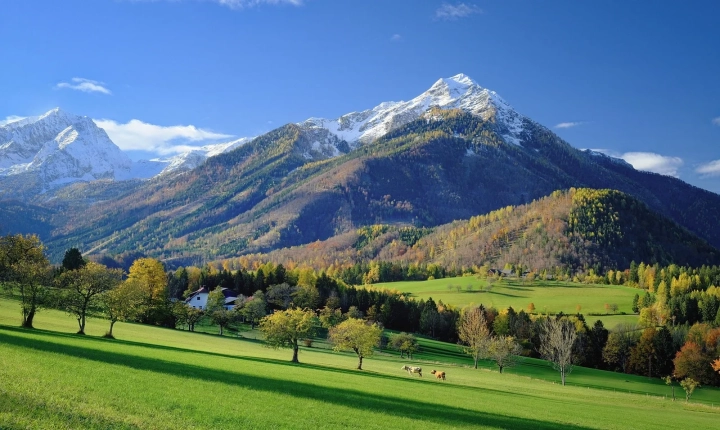Title: How to Create an AI Image Generator: A Step-by-Step Guide
Introduction:
Artificial Intelligence (AI) has been making significant strides in various fields, including image generation. With the advancements in machine learning and neural networks, it has become possible to create AI image generators that can produce realistic and high-quality images. In this article, we will provide a step-by-step guide on how to create your own AI image generator.
Step 1: Understanding the Basics of AI Image Generation
Before diving into the technical aspects of creating an AI image generator, it is essential to understand the basics of image generation using neural networks. Generative Adversarial Networks (GANs) and Variational Autoencoders (VAEs) are popular techniques used for AI image generation. GANs consist of two neural networks – a generator and a discriminator – that work together to produce realistic images, while VAEs are based on encoding and decoding data to generate images.
Step 2: Choosing a Framework and Library
Selecting the right framework and library is crucial for developing an AI image generator. Popular choices include TensorFlow, PyTorch, and Keras, which offer comprehensive libraries for building and training neural networks. These frameworks provide a wide range of tools and resources for implementing GANs, VAEs, and other neural network models.
Step 3: Data Collection and Preprocessing
The success of an AI image generator heavily relies on the quality of the training data. Collecting a diverse and extensive dataset of images relevant to the desired output is essential. Once the images are gathered, preprocessing steps such as resizing, normalization, and data augmentation should be performed to prepare the data for training.
Step 4: Model Architecture Design
Developing the architecture of the AI image generator involves designing the neural network structure. Depending on the chosen technique (GANs, VAEs, etc.), the generator, discriminator, and other components need to be defined. This step also involves setting hyperparameters, such as learning rate, batch size, and network size, to optimize the model’s performance.
Step 5: Training the Model
Training the AI image generator requires feeding the preprocessed image data into the model and adjusting the network’s parameters through iterations. Using a powerful GPU or distributed computing resources can significantly speed up the training process, particularly for complex models and large datasets.
Step 6: Evaluating and Improving the Model
After training, evaluating the model’s performance is crucial. Metrics such as image quality, diversity, and convergence speed should be analyzed. Depending on the results, adjustments to the model architecture, training data, and hyperparameters may be necessary to improve the generator’s output quality.
Step 7: Generating Images
Once the AI image generator is trained and optimized, it can be used to generate new images. By providing random input to the generator, it will produce synthetic images that closely mimic the characteristics of the original training data.
Conclusion:
Creating an AI image generator involves a series of complex steps and requires a solid understanding of machine learning, neural networks, and image processing. However, with the right knowledge, tools, and resources, anyone can embark on the journey of developing their own AI image generator. As technology continues to advance, AI image generation will undoubtedly play a significant role in various applications, from art and design to healthcare and entertainment.
